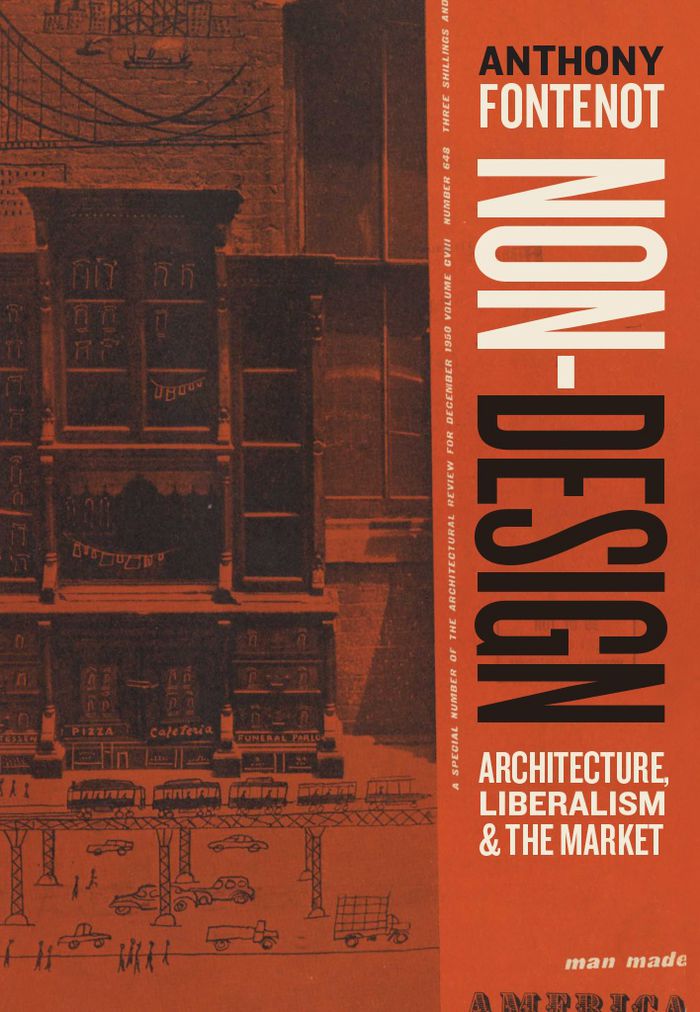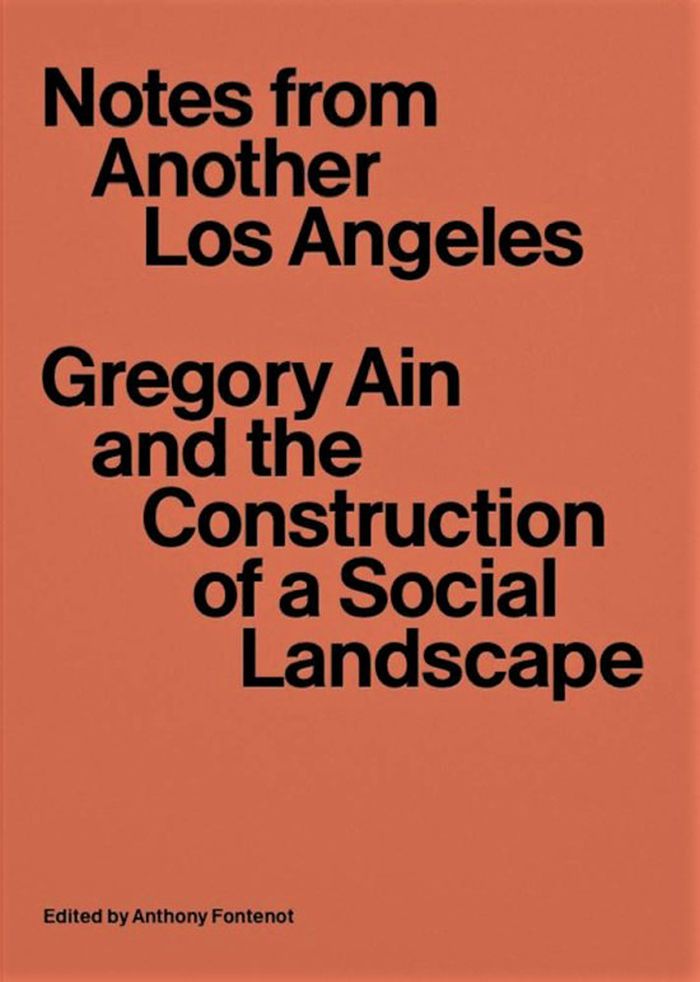$65.95
(available to order)
Summary:
Anthony Fontenot’s book uncovers the surprisingly libertarian heart of the most influential British and American architectural and urbanist discourses of the postwar period, expressed as a critique of central design and a support of spontaneous order. "Non-design" illuminates the unexpected philosophical common ground between enemies of state support, most prominently(...)
Non-design: Architecture, liberalism, and the market
Actions:
Price:
$65.95
(available to order)
Summary:
Anthony Fontenot’s book uncovers the surprisingly libertarian heart of the most influential British and American architectural and urbanist discourses of the postwar period, expressed as a critique of central design and a support of spontaneous order. "Non-design" illuminates the unexpected philosophical common ground between enemies of state support, most prominently the economist Friedrich Hayek, and numerous notable postwar architects and urbanists like Robert Venturi, Denise Scott Brown, Reyner Banham, and Jane Jacobs. These thinkers espoused a distinctive concept of 'non-design,' characterized by a rejection of conscious design and an embrace of various phenomenon that emerge without intention or deliberate human guidance. This diffuse and complex body of theories discarded many of the cultural presuppositions of the time, shunning the traditions of modern design in favor of the wisdom, freedom, and self-organizing capacity of the market. Fontenot reveals the little-known commonalities between the aesthetic deregulation sought by ostensibly liberal thinkers and Hayek’s more controversial conception of state power, detailing what this unexplored affinity means for our conceptions of political liberalism. "Non-design" thoroughly recasts conventional views of postwar architecture and urbanism, as well as liberal and libertarian philosophies.
Architectural Theory
$65.95
(available to order)
Summary:
The Southern California architect Gregory Ain (1908–1988) collaborated with some of the most important figures of midcentury design, including Rudolph Schindler, Richard Neutra, and Charles and Ray Eames, and yet remains relatively unknown. Perhaps one reason for this anonymity is that although he designed private homes for wealthy liberals, Ain was more interested in(...)
Notes from another Los Angeles: Gregory Ain and the construction of a social landscape
Actions:
Price:
$65.95
(available to order)
Summary:
The Southern California architect Gregory Ain (1908–1988) collaborated with some of the most important figures of midcentury design, including Rudolph Schindler, Richard Neutra, and Charles and Ray Eames, and yet remains relatively unknown. Perhaps one reason for this anonymity is that although he designed private homes for wealthy liberals, Ain was more interested in finding ways to produce high-quality, low-cost houses in well-designed neighborhood settings for working-class families. This is the first book to examine the innovative housing projects that synthesized Ain's architectural and political ideals.
Architecture Monographs

